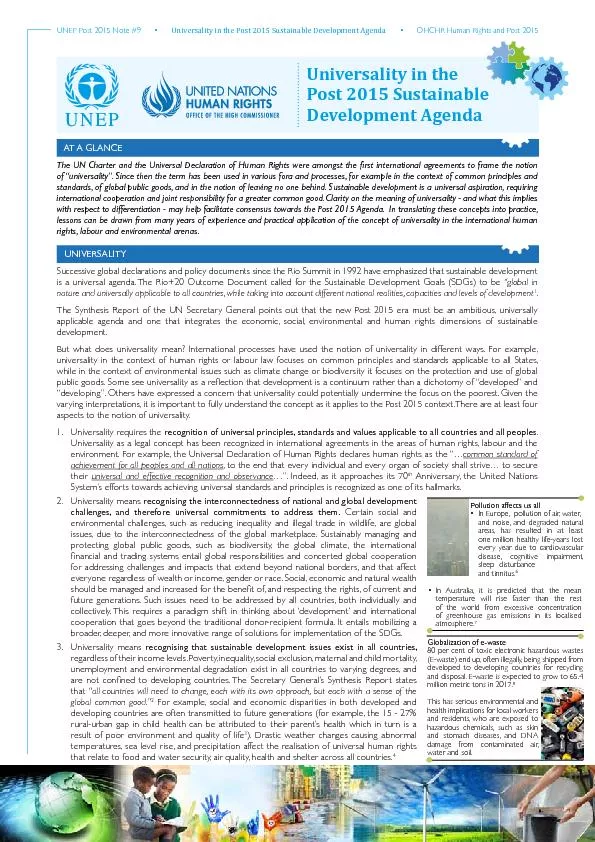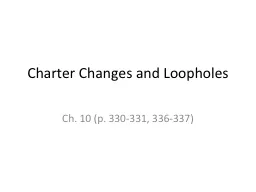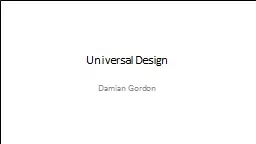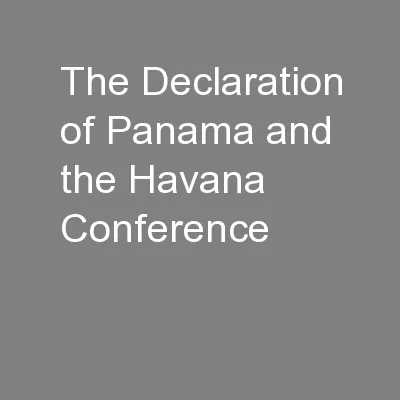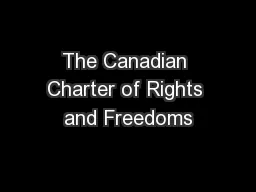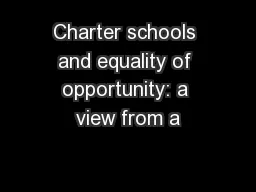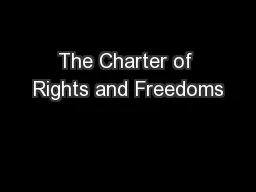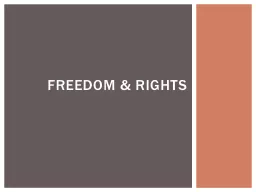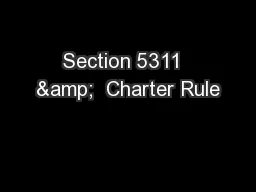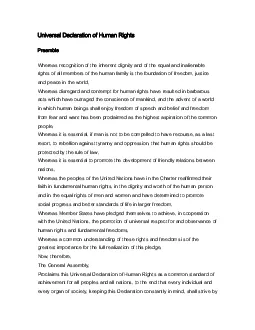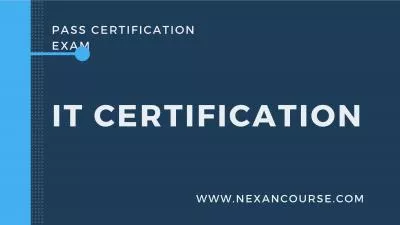PDF-AT A GLANCEThe UN Charter and the Universal Declaration of Human Ri
Author : danika-pritchard | Published Date : 2016-08-19
Universality in the Post 2015 Sustainable Development Agenda Pollution affects us allIn Australia it is predicted that the mean temperature will rise faster than
Presentation Embed Code
Download Presentation
Download Presentation The PPT/PDF document "AT A GLANCEThe UN Charter and the Univer..." is the property of its rightful owner. Permission is granted to download and print the materials on this website for personal, non-commercial use only, and to display it on your personal computer provided you do not modify the materials and that you retain all copyright notices contained in the materials. By downloading content from our website, you accept the terms of this agreement.
AT A GLANCEThe UN Charter and the Universal Declaration of Human Ri: Transcript
Download Rules Of Document
"AT A GLANCEThe UN Charter and the Universal Declaration of Human Ri"The content belongs to its owner. You may download and print it for personal use, without modification, and keep all copyright notices. By downloading, you agree to these terms.
Related Documents

